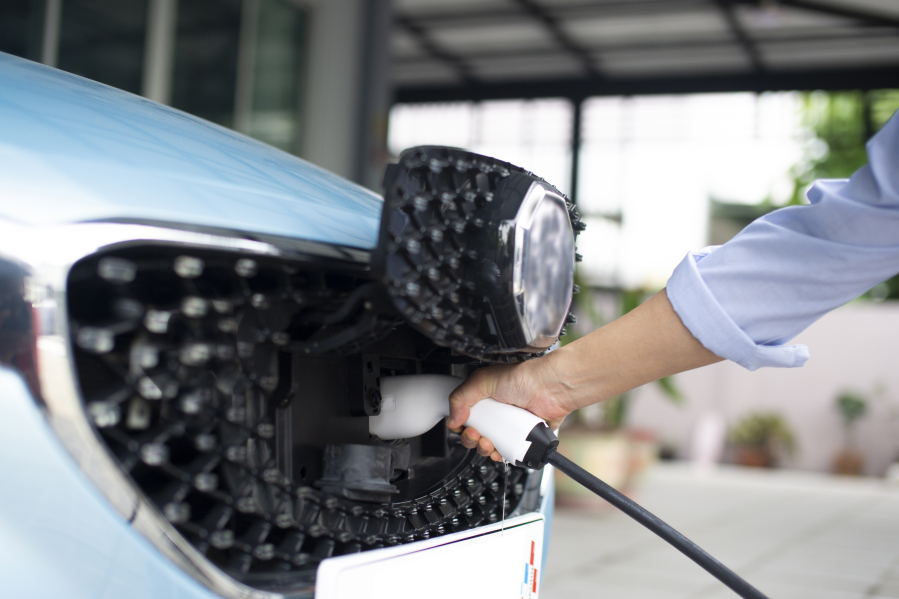President Joe Biden signed the Inflation Reduction Act of 2022 into law on Aug. 16, calling it “the most aggressive action ever” to confront the climate crisis and strengthen the nation’s economic and energy security.
But for homeowners, the act promises a welcome boost for residential energy upgrades. As part of the bill’s focus on energy security and climate change investment, households will get tax credits to help offset home improvements that lower energy costs while reducing carbon emissions by up to 40 percent by 2030.
Do I qualify for home improvements under the Inflation Reduction Act?
If you’re a homeowner, you will qualify for upfront discounts or tax credits on home energy projects that may also lower your monthly utility bills. If you’re in the market for a new car, you qualify for a tax credit if you buy an electric car or plug-in hybrid vehicle. In order to qualify for a rebate, your family’s total annual income must be less than 150 percent of your community’s median income.
Here’s a breakdown of the bill’s most significant provisions for homeowners.
High-Efficiency Electric Home Rebate Act
The High-Efficiency Electric Home Rebate Act (HEEHRA) lets homeowners take advantage of rebates for certain electrification projects. Households with a median income level under 80 percent of the area median income can get up to 100 percent of their project covered, up to $14,000, and households earning between 80 percent and 150 percent of the area median income can recoup 50 percent of the cost, also up to $14,000. HEEHRA rebates cover both installation and material costs.
Visit your state government’s website to determine where your household falls. Some states offer tables that show a household’s income level based on annual income, municipality, and the number of people living in the house. There are also online calculators to determine your household’s income level.
Projects include:
- Heat pump HVAC systems
- Electric stoves and cooktops
- Heat pump water heaters
- Heat pump clothes dryers
- Circuit panel upgrades
- Insulation upgrades
- Ventilation upgrades
- Wiring upgrades
Energy efficiency credits
The bill’s Energy Efficient Home Improvement Credit renames a nonbusiness energy property tax credit that expired at the end of 2021 and extends it through 2032. But it’s gotten a boost. The provision now lets you claim credit for 30 percent (up from 10 percent) of what you pay to install upgraded heat pumps, insulation, breaker boxes, biomass stoves and other energy-saving systems that meet efficiency criteria. There is an annual cap, however, of $2,000, with lower caps for certain specific items such as doors and windows.
The New Energy Efficient Home credit incentivizes developers to build greener homes by offering a credit of up to $5,000. To qualify, builders must construct homes that qualify for the Department of Energy’s (DOE) Zero Energy Ready Homes Standard.
Homeowners can cut 30 percent of their solar costs from their federal taxes under the Residential Clean Energy Credit, which runs through 2032. The credit goes toward the cost of solar panels and other solar products for the home. One major perk of this program: There’s no cap on how much you can spend. You’ll get the tax break regardless of how much your solar projects cost.
Drivers considering going electric or installing an electric car charging station in their home should take advantage of the Clean Vehicle credit. Under the program, those who buy electric or plug-in hybrid cars or trucks can get a $7,500 tax credit for new vehicles and $4,000 for used ones.



